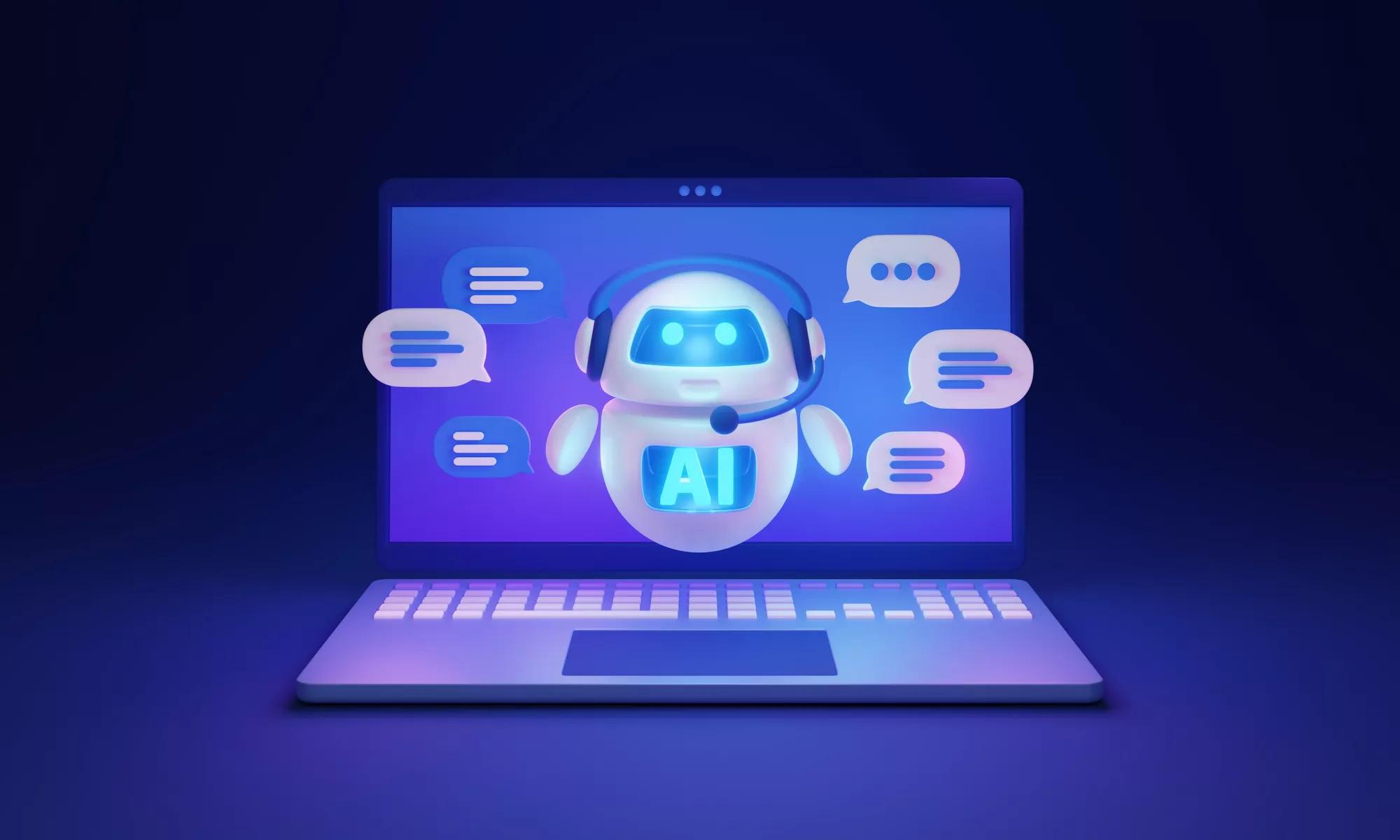ATD Blog
What Is the Future for AI in Coaching?
Fri Oct 11 2024

A little over a year ago, LinkedIn launched its AI-powered coaching chatbot. You can ask it for advice on workplace issues, and it will help with suggestions on how to build skills, tackle issues, or move your career forward. Could this be the future for coaching at scale?
The prospect of deploying an AI-powered virtual coach that could support thousands of employees simultaneously with their workplace challenges and aspirations is an attractive one. Imagine the savings on coaching and the benefits for employees of having access to a coach, round the clock, to respond to their every need almost instantly.
Can AI replace a human coach?
For incoming, younger employees, this may be just what they’re looking for: A recent survey found 66 percent of 25–34 year-olds would rather talk to AI about their problems than a loved one.
And it’s easy to see why. With the power of generative AI, a chatbot can communicate with empathy. People report that the experience feels just like texting with an actual human, leading to concerns that we are rapidly becoming too attached to or dependent on these AI companions.
The potential of providing this kind of support to employees is not without risk. While the interactions feel real, we must remember that the chatbot has been trained to mimic empathy. It knows what an empathic response to challenges and vulnerability sounds like and gives a seemingly appropriate reply. But it lacks genuine human empathy. It doesn’t actually care like a person may.
Unlike a human coach, AI can’t think, feel, or relate to a person. No matter how sophisticated its language model, a coaching chatbot lacks the nuances of personal connection—and it cannot draw on a lifetime of emotional intelligence to offer support. Without that vital human connection, AI cannot effectively deliver workplace coaching.
What are the benefits of AI in the coaching process?
Where AI can significantly enhance coaching is by automating some logistical aspects, such as coaching provision and mechanics, making it easier and more efficient to build strong, effective coaching relationships. For example, AI can analyze hundreds of data points to match an employee with a suitable coach, increasing the likelihood that the two individuals will work well together, rather than leaving it to chance or asking an employee to choose from a list of coach bios.
AI can then manage administrative tasks, such as scheduling calls, taking notes, and curating personalized content and learning materials from the vast quantity of resources organizations provide to their employees. This helps employees take post-coaching action and removes the administrative burden of managing the relationship, driving greater engagement and improving ROI.
When deploying coaching at scale across all levels of the organization, AI platforms can minimize administrative overhead for learning and development (L&D) teams while delivering a seamless, engaging employee experience.
AI also has the potential to analyze data from across an organization’s HRIS, recognizing patterns and identifying employees who could benefit most from coaching. For example, AI can detect factors that increase the probability that key employees could become flight risks, thereby creating an opportunity to intervene with career development resources before they decide to leave the organization.
What’s next?
It’s inevitable that AI will advance exponentially, potentially even creating life-like avatars that mimic human interaction. Until we have artificial general intelligence (where machines can truly think like humans), behind those lines of code, AI-powered coaching misses the spark of humanity that makes coaching so effective.
Learn how you can offer scalable, personalized career coaching—that’s powered by people and technology—to employees at all levels of your business within your budget.
You've Reached ATD Member-only Content
Become an ATD member to continue
Already a member?Sign In

